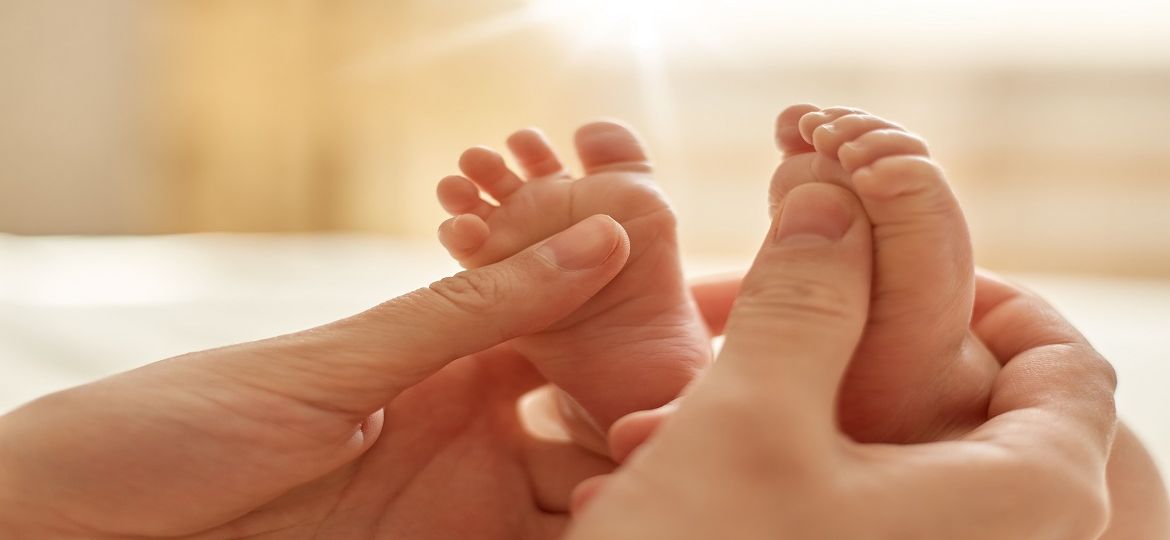

Children’s feet constantly grow and change, making them susceptible to various foot problems. These issues can sometimes go unnoticed, but persistent pain or discomfort could be a sign of a deeper concern.
If your child is experiencing any foot or ankle problems, consulting a podiatrist in Sydney CBD is crucial for a professional diagnosis and personalised treatment plan. Early detection and intervention are key to ensuring your child’s feet develop properly.
This blog post delves deeper into the common foot problems prevalent in toddlers and young children. Understanding these root causes will empower you to keep your child’s feet healthy.
1. Flat Feet
Flat feet, or fallen arches, occur when the arches of the feet do not develop properly. Most infants are born with flat feet, and the arch typically forms by age six. However, some children retain flat feet into adolescence and adulthood. This condition can cause discomfort and fatigue, especially during prolonged activities.
Flat feet can be hereditary or result from loose ligaments, obesity, or certain neuromuscular diseases. Symptoms include pain in the heel or arch area and sometimes leg pain or swelling.
Treatment is often unnecessary unless the child experiences pain. In such cases, orthotic inserts, supportive shoes, or physical therapy can provide relief. Surgery is rare and only considered in severe cases.
2. Heel Pain
Heel pain in children is commonly caused by Sever’s disease, a condition where the growth plate in the heel becomes inflamed due to repetitive stress.
Sever’s disease is prevalent in active children aged 8 to 14. Symptoms include heel pain that worsens with physical activity and tenderness at the back of the heel.
Rest, ice, heel lifts, and stretching exercises can help manage symptoms. In severe cases, a doctor may recommend physical therapy or anti-inflammatory medications.
3. Ingrown Toenails
Ingrown toenails occur when the edges of a toenail grow into the surrounding skin, causing pain, redness, and sometimes infection.
Tight shoes, improper nail trimming, and injury can lead to ingrown toenails. Symptoms include pain, swelling, and redness around the affected nail.
Mild cases can be treated at home with warm soaks, proper nail trimming, and wearing comfortable shoes. Severe cases may require medical intervention, such as lifting or removing part of the nail.
4. Plantar Warts
Plantar warts are caused by the human papillomavirus (HPV) and appear on the soles of the feet.
The virus enters through small cuts or breaks in the skin. Symptoms include small, rough, grainy growths that may cause pain when walking or standing.
Plantar warts can be treated with over-the-counter remedies, cryotherapy (freezing), or laser treatments. They often resolve on their own but can persist for several months.
5. In-Toeing
In-toeing, also known as pigeon-toeing, is when a child’s feet turn inward instead of pointing straight ahead when walking.
In-toeing is often due to the shape of the foot, leg, or hip bones. It is common in infants and usually corrects itself as the child grows. Symptoms include an awkward gait and occasional tripping.
Most cases do not require treatment and resolve naturally. In persistent cases, special shoes, braces, or physical therapy may be recommended.
6. Toe Walking
Toe walking is when a child walks on their toes or the balls of their feet without putting much weight on the heels.
Toe walking can be a habit or linked to conditions like cerebral palsy or muscular dystrophy. Symptoms include walking on tiptoes and potential tightness in the calf muscles.
For habitual toe walking, stretching exercises, physical therapy, or casting may be beneficial. If associated with an underlying condition, consult a podiatrist in Sydney CBD for advice on specific medical treatment.
7. Bow Legs
Bow legs is a condition where a child’s legs curve outward at the knees. It is common in infants and usually corrects itself by age three.
Causes may include physiological development, nutritional deficiencies, or underlying conditions like Blount’s disease. Symptoms include noticeable curving of the legs.
Most children outgrow bow legs without intervention. Persistent or severe cases may require braces or surgery.
8. Growing Pains
Growing pains are common in children and typically occur in the legs, especially at night.
The exact cause is unknown but may be related to muscle fatigue from physical activity. Symptoms include aching or throbbing pain in the legs, often affecting both legs.
Massaging the legs, using warm compresses, and ensuring adequate hydration can help alleviate discomfort. For severe pain, over-the-counter pain relievers can be used.
Conclusion
Addressing foot problems in children early can prevent complications and ensure they maintain an active and healthy lifestyle. While many issues resolve naturally, consult your podiatrist if there are persistent or severe symptoms.
Proper footwear, regular check-ups, and timely medical intervention are key to managing and treating common foot problems in children.
Poet’s Corner Medical Centre offers comprehensive medical and healthcare services under one roof. Call 02 9698 3060 to schedule an appointment with our podiatrist.



